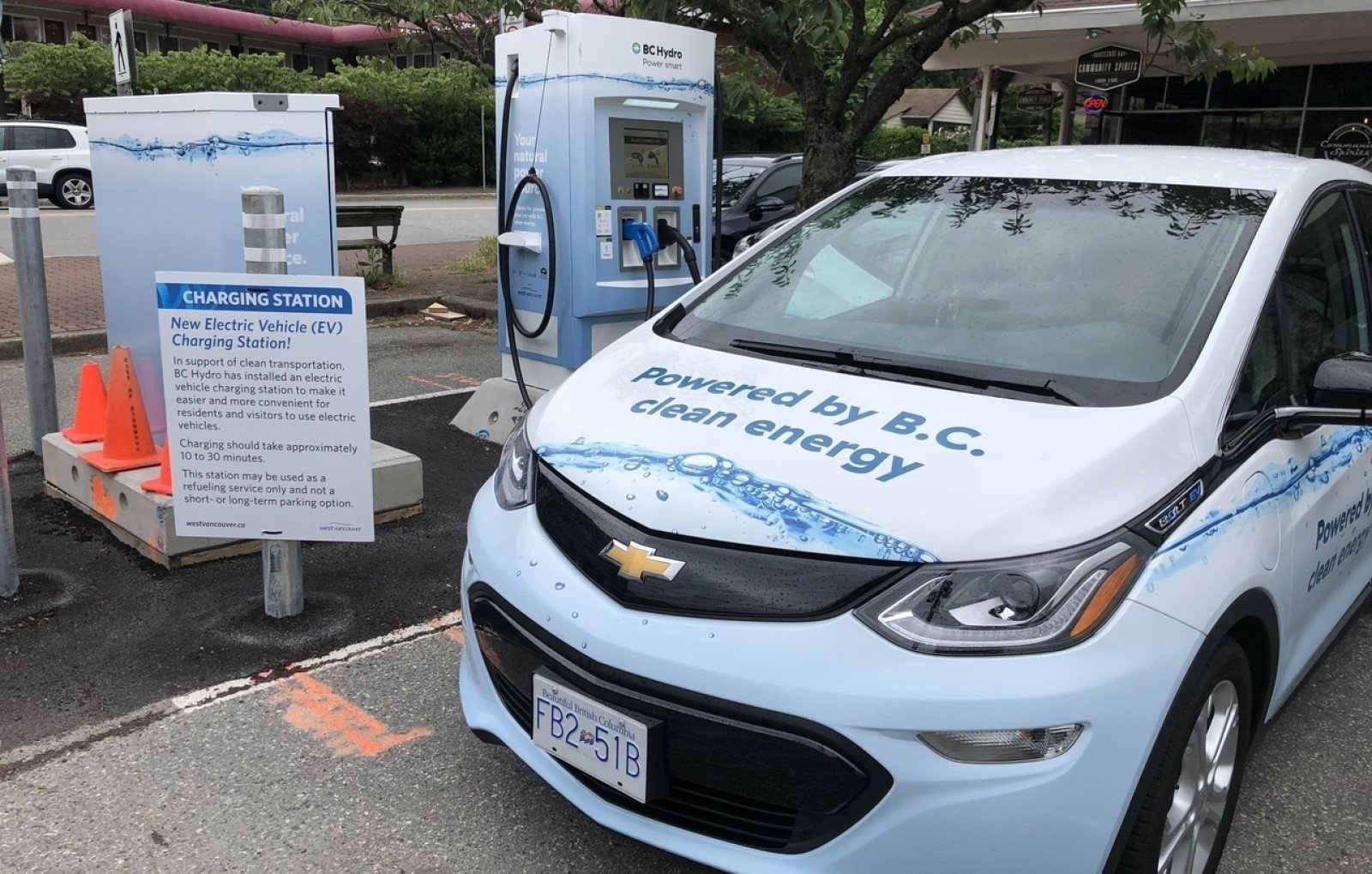Innovation in transportation
What is the future of transportation? Learn about innovations that reduce the impact on climate change.

Overview
Watch a slideshow to learn about transportation technologies that reduce greenhouse gas emissions. Use a worksheet to explore questions about the future of transportation and its impact on climate change.
Instructions
What you'll need
- “Innovation in transportation” slideshow
- “Innovation in transportation” slideshow notes
- “Innovation in transportation” worksheet
- Transportation is part of our daily lives: we drive to school, bike to a friend’s house, walk to the store, take a school bus on a field trip. Transportation also moves the materials and goods we buy and use.
- What are some different modes of transportation? How do you get from one place to another? Brainstorm ideas as a class.
- In B.C., transportation is responsible for over a third of our greenhouse gas emissions (GHGs).
- Innovation and new technologies in transportation can help reduce GHGs and our impact on climate change.
- Show students examples of innovation in transportation using the “Innovation in transportation” slideshow using the slideshow notes.
- Have students complete the “Innovation in transportation” worksheet and then discuss their answers with a partner and as a class.
Modify or extend this activity
- Have students create a billboard promoting a transportation innovation. Research a topic of interest, choose images, create text and design the billboard to show how the innovation reduces the impact on climate change.
- Show Student Energy's “Transportation 101” video (2:47) to learn more about modes of transportation, fuel types and transportation technologies.
- Watch "Dave’s Clean Getaway EV road trip" (4:42) from Tofino to Vancouver to learn more about electric vehicles and charging stations in B.C.
Curriculum Fit
Grade 7 Science
Big idea
- Earth and its climate have changed over geological time.
Content
- Evidence of climate change over geological time and the recent impact of humans
Curricular competencies
Questioning and predicting
- Demonstrate a sustained intellectual curiosity about a scientific topic or problem of personal interest
Applying and innovating
- Transfer and apply learning to new situations
Evaluating
- Consider social, ethical and environmental implications of the findings from their own and others’ investigations
Communicating
- Communicate ideas, findings and solutions to problems using digital technologies as appropriate
Assessments
- Assess worksheet for understanding the environmental impacts of transportation and ability to transfer their learning to the future of transportation.
- Assess student participation in class discussion for ability to communicate their ideas and listen to others.
Teaching Notes
Transportation relies heavily on fossil fuels and is responsible for about a third of B.C.’s greenhouse gas emissions. These emissions increase global warming and the impacts of climate change. More trade and online shopping increases shipping and transportation of goods, as well as more passenger vehicles, means that transportation plays a big role in Earth’s changing climate.
CleanBC is a Government of B.C. provincial plan for a cleaner, more renewable and sustainable future. Cleaner transportation is a focus, including increasing active transportation networks, making electric cars more affordable and shifting to renewable fuels. By 2040, every new car sold in B.C. will be a zero-emission vehicle. In B.C., the vast majority of electricity comes from water, a renewable energy source. The move to electric cars helps the shift to renewable fuels in transportation.
Electric vehicles in B.C. make up a small percentage of overall vehicles, but plug-in electric sales went up by over 50 per cent in 2017, showing an increasing interest in them. Switching from gas-powered vehicles to ones powered by clean hydroelectricity is an effective way to reduce carbon emissions. Innovation and new technologies to address driving range, battery storage and charging stations are ongoing to improve the performance of electric vehicles. As well, municipalities are working to address the infrastructure needed to support electric vehicles. Learn more about electric vehicles at Plug In BC.
Active transportation uses our own energy to get from one place to another; this includes biking, walking, skateboarding, etc. It’s a healthy way to move, and it reduces greenhouse gas emissions, vehicle trips, congestion and air pollution. School districts, municipalities and cities are planning for active transportation to reduce greenhouse gas emissions and provide safe and healthy travel options for communities.







